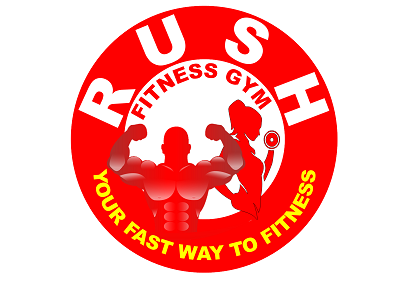Greater is the number of people who are struggling with fat arms. Their dream is to see their arms toned and in a perfect shape. If you are listing yourself among those people, the following article will help you how to make your dream come true. Following is a workout plan for 7 days, during which you will need to perform 5 easy exercises that after a short period of time will lead you to strong and defined arms.
- First Day
– perform 5 arm circles;
– perform 5 chair dips;
– perform 5 walking planks;
– perform basic planks in a period of 5 seconds; and
– perform 5 burpees.
- Second Day
– perform 10 arm circles;
– perform 10 chair dips;
– perform 10 waking planks;
– perform basic planks in a period of 10 seconds; and
– perform 10 burpees.
- Third Day
– perform 15 arm circles;
– perform 15 chair dips;
– perform 15 walking planks;
– perform basic planks in a period of 15 seconds; and
– perform 15 burpees.
- Fourth Day
– perform 20 arm circles;
– perform 20 chair dips;
– perform 20 waling planks;
– perform basic planks in a period of 20 seconds; and
– perform 20 burpees.
- Fifth Day
– perform 25 arm circles;
– perform 25 chair dips;
– perform 25 walking planks;
– perform basic planks in a period of 25 seconds; and
– perform 25 burpees.
- Sixth Day
– perform 30 arm circles;
– perform 30 chair dips;
– perform 30 walking planks;
– perform basic planks in a period of 30 seconds; and
– perform 30 burpees.
- Seventh Day
– perform 35 arm circles;
– perform 35 chair dips;
– perform 35 walking planks;
– perform basic planks in a period of 35 seconds; and
– 35 burpees.
Following are the detailed directions how each exercise needs to be performed.
- Arm Circles
Start the exercise by standing on both your knees and place your arms out from the sides in a straight position. As this your arms need to be perpendicular to your torso and parallel with the ground. Make the first movement by performing circles of around 1 foot in diameter with each of your outstretched arms. Make repetitions of the same movement but this time in the opposite direction.
- Chair Dips
Start the exercise by placing your hands on a bench or stable chair. The same need to be on a distance same as the distance of your shoulders. Extend your legs out in front of you so that you will be able to drive your butt off the front of the bench or chair. In order to lower your body towards the floor, bend your elbows slowly until the same form and angle of 90 degrees. When you will be at the bottom of the movement, you need to straighten your elbows by pressing your body down to the bench. Then you may return to the starting position.
- Walking Planks
Start the exercise by placing your body in a plank position. As you are maintaining your rigid plank form, push your body off the floor and one by one elevate your arms so that you will get into a press-up position. Then you may return to the starting position.
- Basic Planks
Start the exercise by placing your body into a push-up position. This means that the upper part of your body should be in a same straight line with the toes and elbows. Your elbows and toes need to be lifted a little bit. Try to stay into this straight position, breathe deeply, and feel how your muscles are turning into strong ones. At the next point you will need to contract your muscles, but pay attention to divide the body weight equally in the both legs and elbows, so that you will maintain balance and strength.
- Burpees
Start the exercise by placing your body in a standing position so that your feet will be on a distance same as the distance of your shoulders. Then lower your body until the same reaches a squat position. Place your hands in front of you on the floor so that you can bring your feet back. The chest should be lowered to a push-up position. Then bring your chest back up, bring your feet in a starting position and quickly jump up into the air and clap your hands above your head.
Related Post:
Source: female-fit-body.com
Don't forget to share and like!






